High Quality Filtering Solutions
The main source of particle contamination in HPLC columns originate in the sample to be analysed. Therefore, the final preparation step prior to sample injection into the HPLC instrument is to remove any small particulates from the sample by filtration. Removal of the solid materials is very important as they can interfere with the compound of interest and easily clog up the column being used. This will inevitably have a detrimental effect on the performance of the column, i.e. back pressure, peak size, retention time, peak shape. Severe contamination can lead to the column being irreversibly blocked and therefore having to be replaced. Other costs can include instrument downtime, and the loss of valuable samples.
Sample Types
Samples differ in a variety of ways, they may be heavily loaded with fine or coarse particulates, dissolved in aqueous or organic solvents with varying viscosities. To facilitate the most appropriate sample preparation result, filters should be optimised to match the particular requirements of each kind of sample being injected.
Standard Samples
A matrix of 5-10mL is the most common sample volume, with low viscosity, low particle contamination and dissolved in either an organic or an aqueous solvent. Greyhound Q-Fil Regenerated Cellulose Syringe Filters are an excellent choice for such samples. Their inert housing manufactured from high density medical grade virgin polypropylene, complete with the integrated Regenerated Cellulose (RC) membrane has a high chemical resistance against the most common HPLC solvents and is very suitable for aqueous samples. Every batch is HPLC-tested for low extractables. Whilst 0.45µm is the most commonly used membrane porosity, the 0.22µm membrane provides improved purity when using capillary columns or HPLC packings with a particle size of 3µm or less.
Demanding Samples
More difficult samples which contain high loads of particulates, high viscosity or unusually high volumes place additional challenges on the user when preparing samples for HPLC analysis. The particles have a tendency to block the filter, high viscosities will decrease the flow rate and high volumes increase the time required to complete the filtration process. These challenges often result in the user applying a greater degree of manual pressure to the process and potentially exceeding the maximum pressure limit of the filter with a subsequent risk of bursting the housing. As a result, the sample will be lost and a potential safety risk can arise if corrosive solvents or harmful chemicals are being filtered. To assist in overcoming these challenges, the use of Q-Fil Syringe Filters with a built in Glass Microfiber pre-filter are recommended. The pre-filter removes the larger particulates from the sample leaving only the smaller particulates to be filtered by the membrane. These filters increase the flow rate through the unit resulting in a higher volume of sample to be filtered and less pressure being required by the user.
Small Volume Samples
Smaller volume samples are often valuable and require special attention. Any loss of the analyte due to adsorption by the filter membrane or housing or a large dead volume can have a detrimental effect on the analysis. Smaller filters of 13mm and 4mm diameter decrease the dead volume to less than 25uL and 8uL respectively making them ideal for smaller volume samples.
Summary
Sample filtration is an important factor in ensuring that HPLC analysis is achieved in an efficient and cost-effective way. The extensive range of Q-Fil Syringe Filters have been developed to meet the demands of the analyst and the different sample matrices being used and without losing any of the important sample.
Quality is an Important Factor
Greyhound ensures that every batch of filters is manufactured and tested in accordance with strict ISO 9001:2000 quality procedures.
Greyhound ensures that each batch is checked prior to release for:
- External Dimensions - Bubble Point - Water Flow Rate - UV Extractables - Burst Pressure and compliance - Filter Integrity.
Choosing a filter on price against quality is not cost effective in the long run. Although higher spec filters may seem expensive it is false economy to choose cheaper filters as their fail rate is much higher, causing delays in the laboratory.
Q-Fil Syringe Filters
How to choose the right syringe filter for your application
- Choose the size of filter based on the volume of sample to be filtered
- Choose the filters porosity based on the size of the potential particulates in the sample. It is important to be aware that the finer the porosity of the membrane the greater the pressure will be required to pass the sample through the filter. A sample containing large quantities of particulates is best filtered using a filter with a built-in glass microfiber pre-filter
- Choose the type of membrane based on the solvent being filtered
30mm DiameterDesigned for the largest sample volumes or solvent filtration Filtration area 5.39cm2 Maximum filtration volume <200ml Maximum operating pressure 87psi (6.0 bar) at 20°C Sample volume <200ml Holdup volume <200µl |
 |
25mm DiameterDesigned for larger sample volumes or solvent filtration Filtration area 4.08cm2 Maximum filtration volume >100ml Maximum operating pressure 87psi (6.0 bar) at 20°C Sample volume <100ml Holdup volume <100µl |
 |
13mm DiameterSuitable for most applications Filtration area 1.09cm2 Maximum filtration volume >10ml Maximum operating pressure 87psi (6.0 bar) at 20°C Sample volume <10ml Holdup volume <25µl |
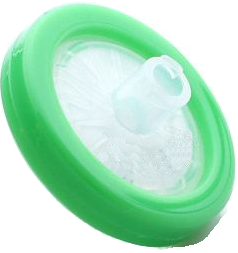 |
4mm DiameterSuitable for smaller volume applications Filtration area 0.1cm2 Maximum filtration volume <2ml Maximum operating pressure 75psi (5.0 bar) at 20°C Sample volume <2ml Holdup volume <8ul |
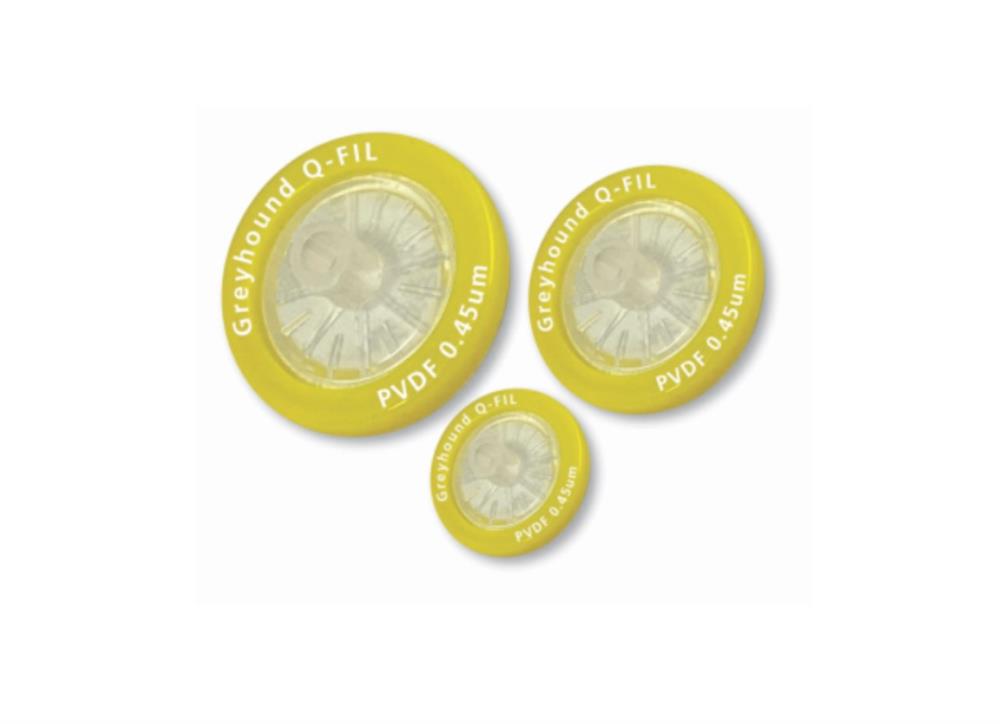 |
Pore Sizes
Q-Fil Syringe Filters are available in 0.22µm and 0.45µm pore sizes, (other pore sizes are available on request). The 0.22µm filters remove the smallest particulates whilst the 0.45µm filters are designed to remove particulates which would be detrimental to most analytical columns.
Pre-filters have a glass microfiber membrane which is chemically inert and resists most solvents. Q-Fil glass microfiber pre-filters are recommended for removing large particulates from the sample and are ideal for dissolution tests.
Syringe Filters with Glass Microfiber Pre-Filter
|
|
|
|
|
|
|
Greyhound Q-Fil Membrane Filters
Q-Fil Membrane Filters set the new Quality standard for today’s analytical laboratories. Manufactured from the highest quality materials, Q-Fil Membrane Filters provide excellent chemical compatibility with acids, alcohols, bases, ethers, glycols, ketones and oils.
As a trusted name in the supply of chromatography consumables and certified reference standards, Greyhound also offers a comprehensive selection of top quality own brand products including Capillary columns HPLC columns, Syringe Filters, Consumables etc. This catalogue contains details of our range of Q-Fil Membrane Filters. Other product catalogues are available on request.
| These quality products are backed by the guaranteed reliability and technical support which has become synonymous with the name Greyhound. |
 |
 |
Membrane Filter Comparison Chart
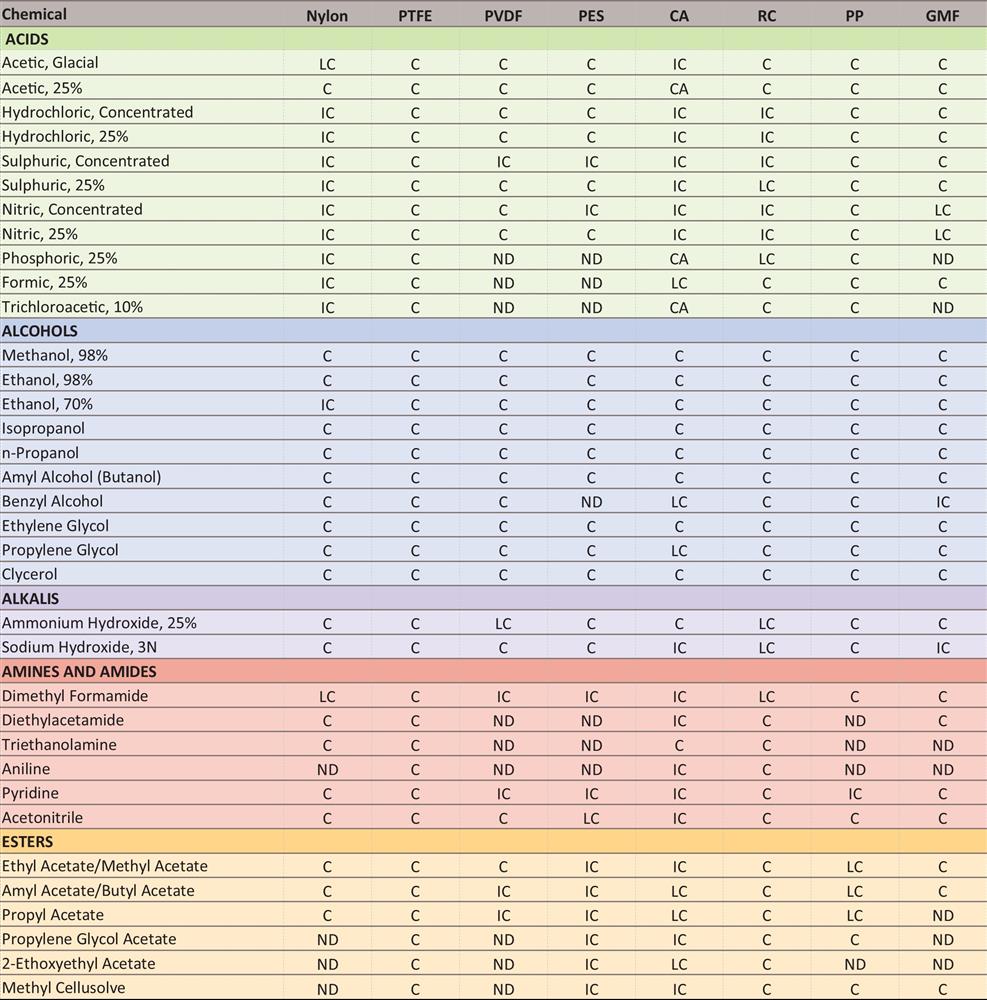
![Q-Fil Membrane Filters Comparison Chart [2] Image](/Content/Images/uploaded/images/Greyhound/Q-Fil Membrane Filters Comparison Chart 2.jpg)
|
NYLON Features:
Not suitable for use with strong acids or bases, halogenated hydrocarbons or protein Special discounts are available for call-off and bulk orders, please enquire. Multiple Pore Sizes and Diameters Available. |
 |
|
PTFE Hydrophobic Features:
|
 |
|
PTFE Hydrophilic Features:
|
 |
||
|
CELLULOSE NITRATE Features:
|
 |
||
|
|||
|
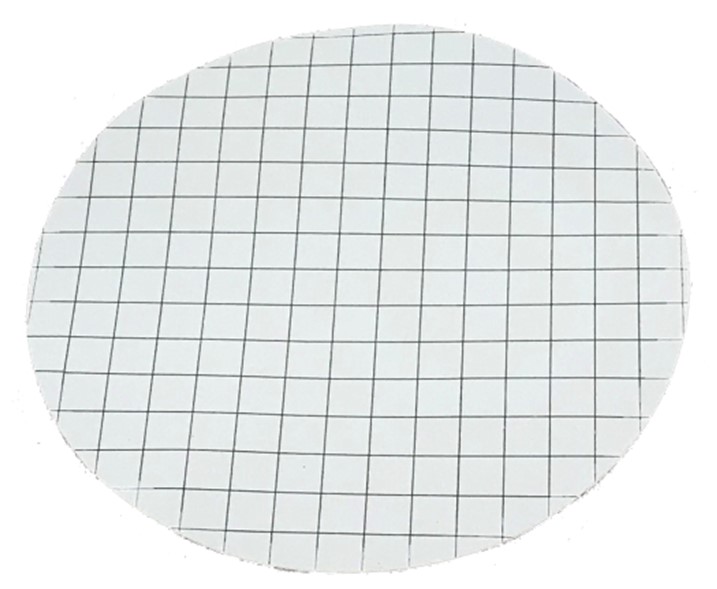 |
|
POLYETHERSULFONE Features:
|
|
POLYPROPYLENE Features:
|
|
GLASS FIBER Features:
|
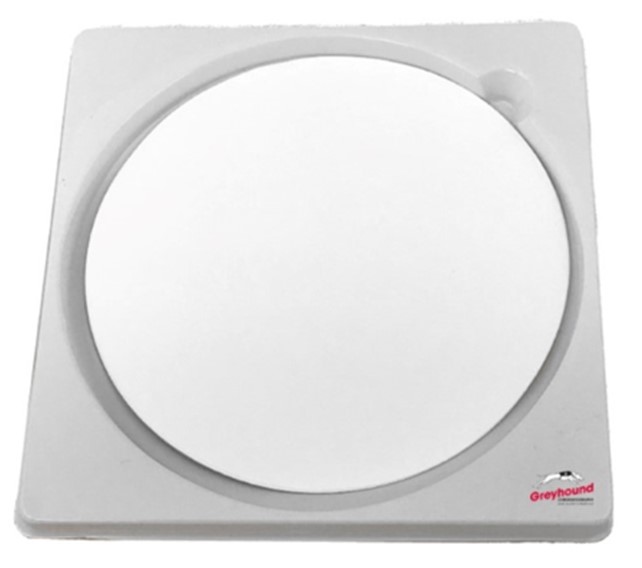 |
|
All Greyhound Vacuum Filtration Devices are made of stainless steel which is suitable for filtration, especially in the microbiological field.
|
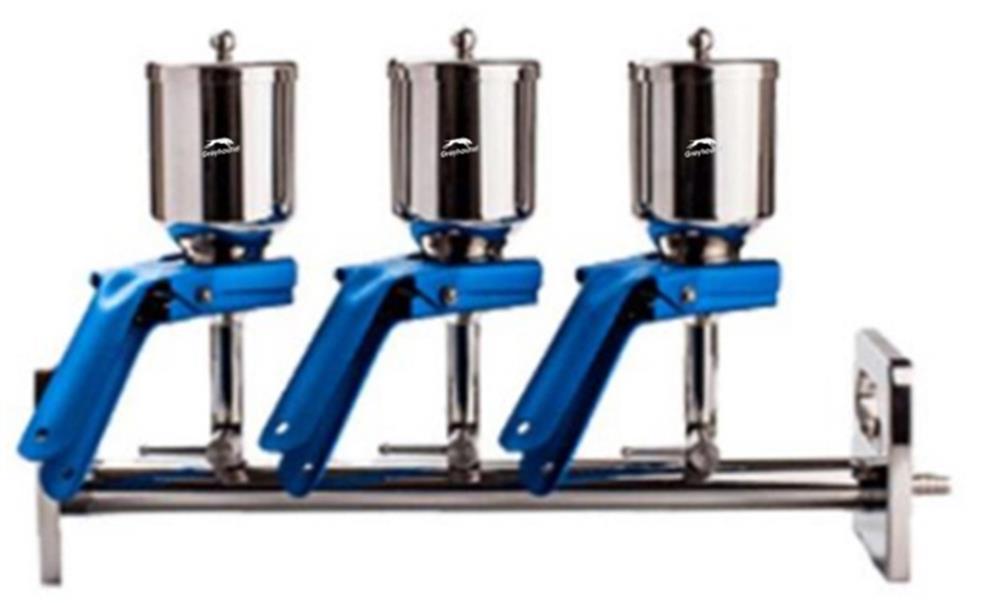 |
| Catalogue Number | Description | ||
| 41-100600 | Stainless steel manifold One 300mL stainless steel filtration unit One glass collection bottle One length of hosepipe |
41-100601 | Stainless steel manifold One 300mL glass filtration unit One glass collection bottle, One length of hosepipe |
| 41-100602 | Stainless steel manifold Three 300mL stainless steel filtration units One glass collection bottle, One length of hosepipe |
41-100603 | Stainless steel manifold Three 300mL glass filtration units One glass collection bottle, One length of hosepipe |
| 41-100604 | Stainless steel manifold Six 300mL stainless steel filtration units One glass collection bottle, One length of hosepipe |
41-100605 | Stainless steel manifold Six 300mL glass filtration units One glass collection bottle, One length of hosepipe |
| 41-100610 | Stainless Steel Manifold, single unit | 41-100611 | Stainless Steel Manifold, three unit |
| 41-100612 | Stainless Steel Manifold, six unit | 41-100613 | Glass Funnel, 300 mL |
| 41-100614 | Stainless Steel Funnel, 300 mL |
|
Greyhound Solvent Filtration Apparatus are used for the filtration of HPLC mobile phases, to remove particulate and microbiological contaminants. Manufactured of durable borosilicate glass for use with aqueous, organic or corrosive liquids. Can be sterilised in an autoclave at 121°C. The base design has an integral vacuum connection located above the filtrate drip to prevent contamination of the vacuum line with droplets. Unit consists of a funnel, coarse porosity fritted glass filter support base with integral vacuum connection and a flask with inner joint. An aluminium clamp connects the funnel and support base.
|
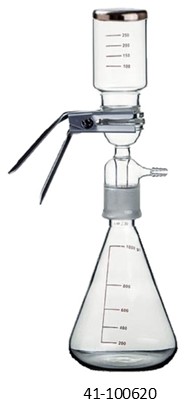
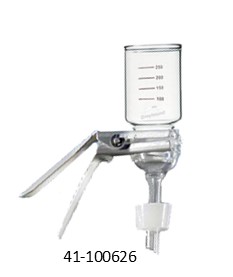
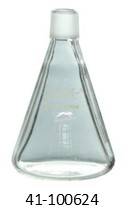
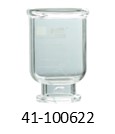
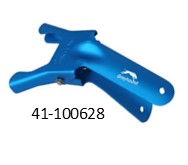
|
-
CONTACT USTel: +44 (0) 151 649 4000
Email: info@greyhoundchrom.com
Follow Us
You May Be Interested In

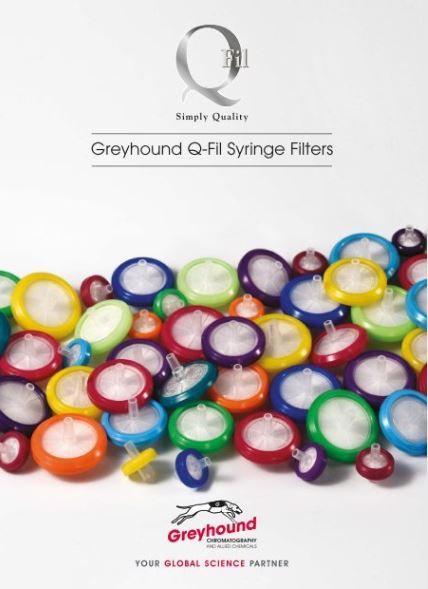





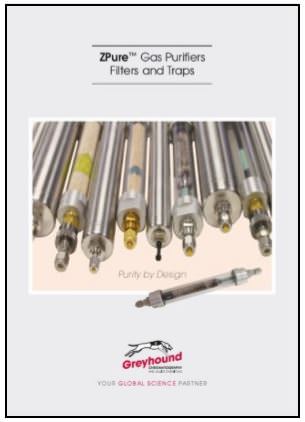
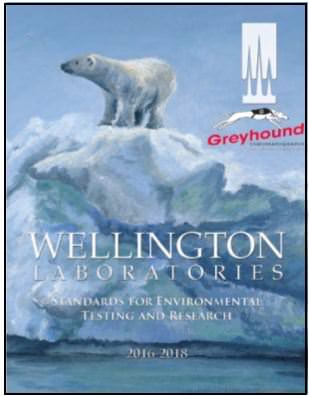


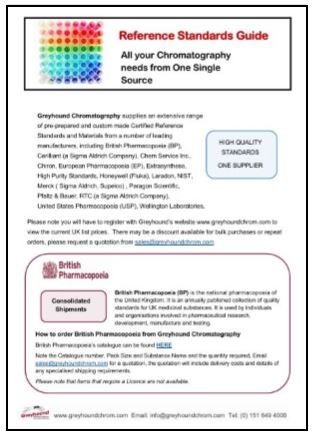
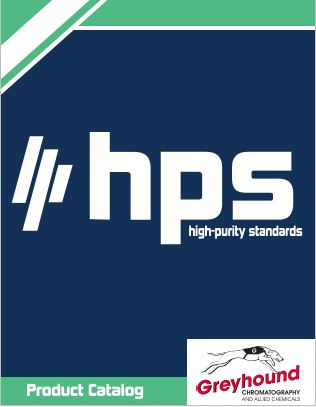
.png)